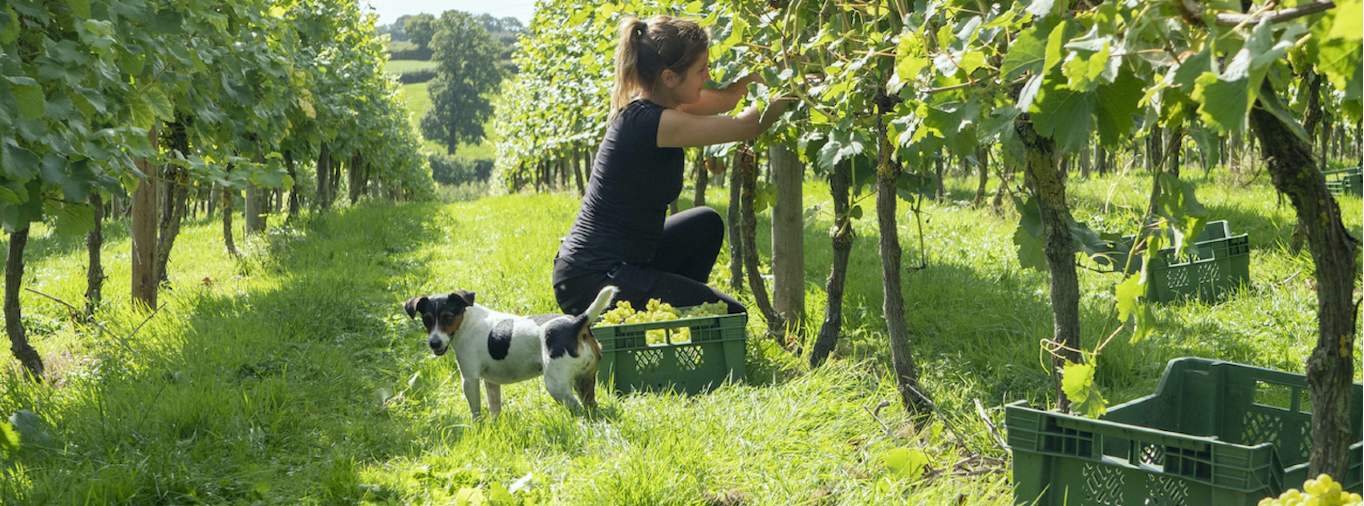Over the past seven years, the Rural Vibrancy index shows an average annual growth of 7.6 per cent. This is despite both the Farm Drivers index and the Economic Indicators index growing at significantly slower rates (4.4 per cent and 2.1 per cent average annual growth respectively). It is Diversified Enterprises that are driving rural vibrancy with 16.3 per cent average annual growth. Here’s a closer look:
Value added produce
Taking a product and adding value through a manufacturing process is one of the oldest forms of diversification. The earliest evidence of cheese-making is from 5,500 BC. Bread-making occurred at least 14,000 years ago. Fermenting goes back to 8,000 BC and it is this last example in particular that is enjoying a modern renaissance.
Breweries, distilleries and vineyards (alcohol) have displayed significant continuous growth (19.3 per cent) throughout the seven-year period. This is a trend that is likely to continue according to our Spotlight on Viticulture in the UK which highlights how conditions are becoming more conducive to successfully growing vines and producing grapes.
Energy
Energy has performed even better than alcohol with an average annual growth rate of 27.6 per cent. This figure was higher still in 2017 but was tempered by an 11.4 per cent decrease in anaerobic digestion in 2018. However, renewable energy’s overall contribution was strong, with wind, for example, continuing its growth with a 6 per cent increase between 2017 and 2018.
Tourism
Further analysis suggests tourism has not experienced the rates of growth reported by the energy sector, but it has sustained year-on-year increases throughout the period covered by the index. Softer growth is primarily down to fewer day visitors to the countryside, a decline first recorded in 2016.
Further information
Read more: Savills Rural Vibrancy index

.jpg)
.jpg)
.jpg)
.jpg)

.jpg)


.jpg)
.jpg)